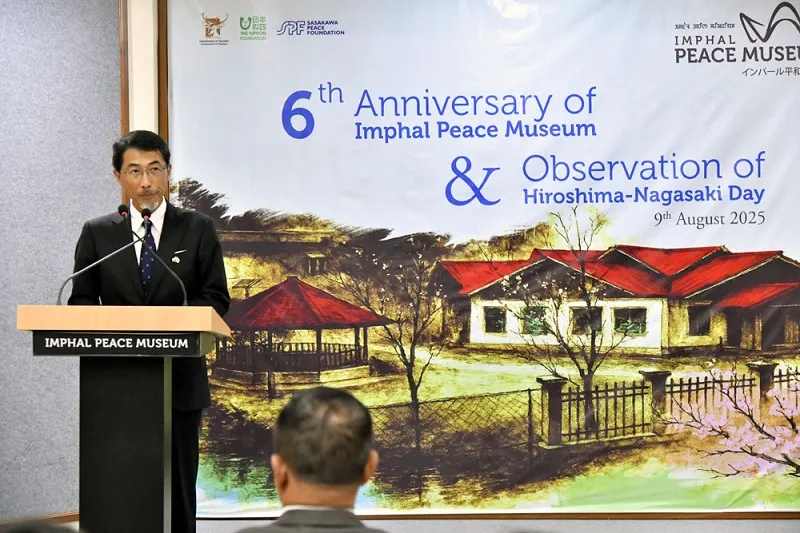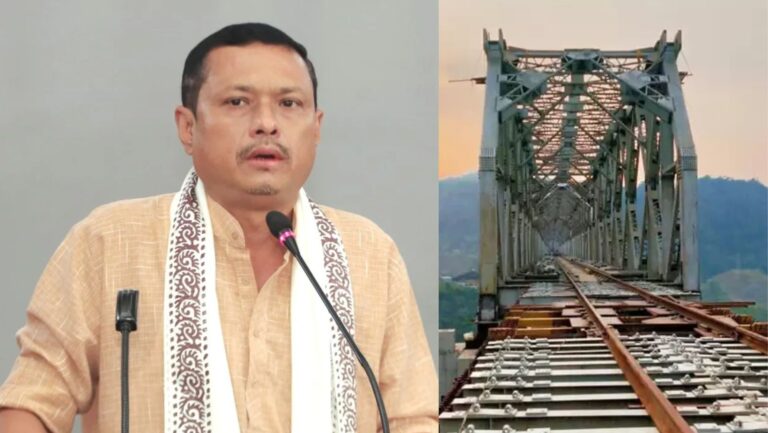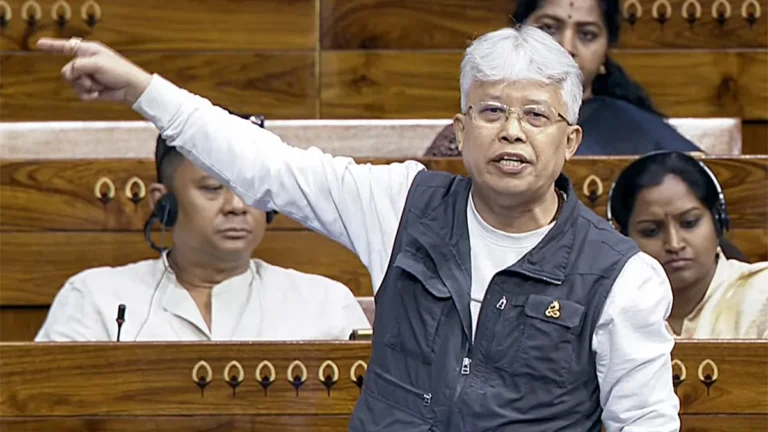Japan’s Ambassador Reaffirms Commitment to Northeast India During Imphal Visit
Summary
Japan’s Ambassador to India, Ono Keiichi, visited Imphal to mark the 6th anniversary of the Imphal Peace Museum and observe Hiroshima–Nagasaki Day, using the platform to reaffirm Japan’s support for development and people-to-people ties in India’s Northeast. During the event he paid tribute at the India Peace Memorial, emphasized historical reconciliation, and highlighted cooperation on connectivity, economic partnerships and cultural exchange — while expressing Japan’s commitment to efforts like recovering and repatriating the remains of Japanese soldiers when conditions allow.
Why This Visit Matters for Manipur, the Northeast, and India–Japan Ties
A small ceremony with big meaning
Why does an ambassador’s visit to a regional museum in northeast India make headlines? Because symbolic acts often carry strategic intent. When Ambassador Ono Keiichi stood at the Imphal Peace Museum and the India Peace Memorial, it wasn’t just protocol — it was a careful gesture that layered history, diplomacy, and future partnership into a single moment. The Imphal campaign of 1944 is a painful but shared chapter between India and Japan; honouring that past with solemnity sends a clear message: reconciliation is an entry point for cooperation
The Imphal Peace Museum — a hub of memory and reconciliation
The Imphal Peace Museum has rapidly become more than a local attraction; it’s a living repository of wartime memory, reconciliation, and cross-cultural engagement. The museum commemorates the fierce battles of the Imphal campaign while offering a space for education and healing. Ambassador Ono described the museum as a symbol of peace and unity, and referenced the “Heiwa” (Peace) calligraphy by the late Japanese Prime Minister Shinzo Abe that sits in the museum — a symbolic artefact linking shared values of a free and open Indo-Pacific and mutual respect between nations.
Final takeaway: history as a bridge, not a barrier
Ambassador Ono’s Imphal visit underscores a powerful idea: remembering is not the opposite of moving forward; it’s a platform for doing so intelligently. By honoring wartime memory and pledging practical cooperation, Japan and India are effectively saying: we will learn from the past to build a future of shared prosperity and peace in the Northeast.
FAQs
1. Who is the Japan Ambassador who visited Imphal and what did he say?
Japan’s Ambassador to India, Ono Keiichi, visited Imphal to mark the Imphal Peace Museum’s 6th anniversary and Hiroshima–Nagasaki Day. He paid tribute at the India Peace Memorial and reaffirmed Japan’s commitment to supporting development in the Northeast and efforts to recover and repatriate the remains of Japanese soldiers when feasible.
2. What is the Imphal Peace Museum and why is it important?
The Imphal Peace Museum commemorates the WWII Imphal campaign and promotes reconciliation, education and peace. It stands as a place for shared remembrance and cultural exchange, featuring artefacts and messages — including the “Heiwa” calligraphy by the late PM Shinzo Abe — symbolizing a shared vision for peace.
3. Which organisations supported the event in Imphal?
The event involved the Imphal Peace Museum along with partners like the Nippon Foundation, The Sasakawa Peace Foundation, and the Manipur Tourism Forum, highlighting a mix of diplomatic, philanthropic, and local stakeholders.
4. How could this visit benefit Manipur economically?
Potential benefits include tourism growth, Japanese-funded heritage and cultural projects, infrastructure and connectivity initiatives, vocational training programmes, and market linkages for local products — all of which can create jobs and generate local income.
5. Will Japan’s interest change regional geopolitics?
Japan’s engagement in the Northeast is primarily developmental and cultural, but it also strengthens India–Japan strategic alignment in the Indo-Pacific. In practical terms, closer ties can enhance regional stability, cross-border connectivity, and economic integration.





